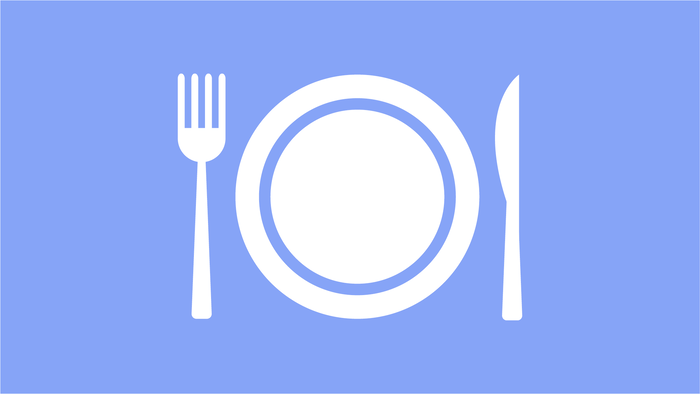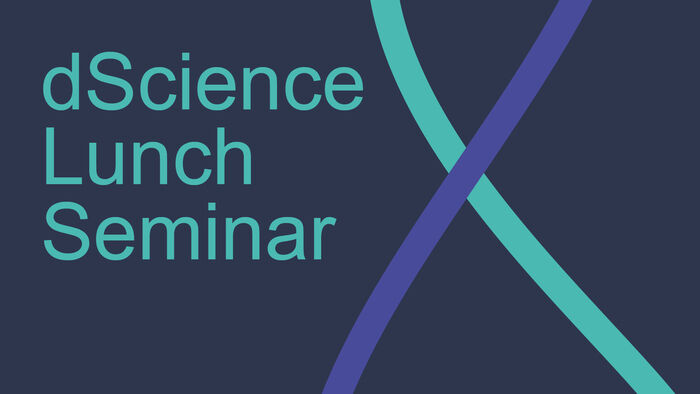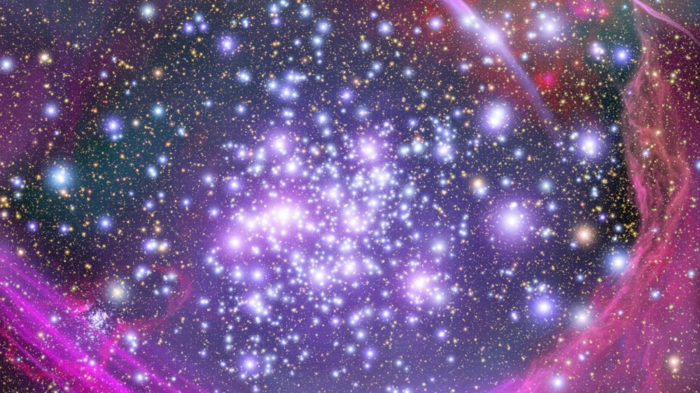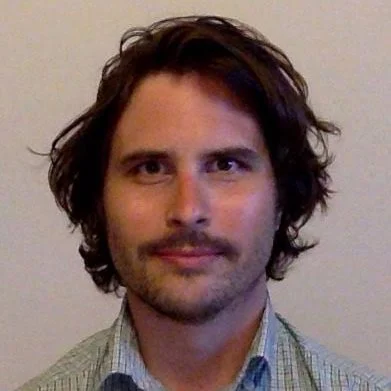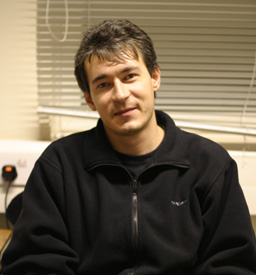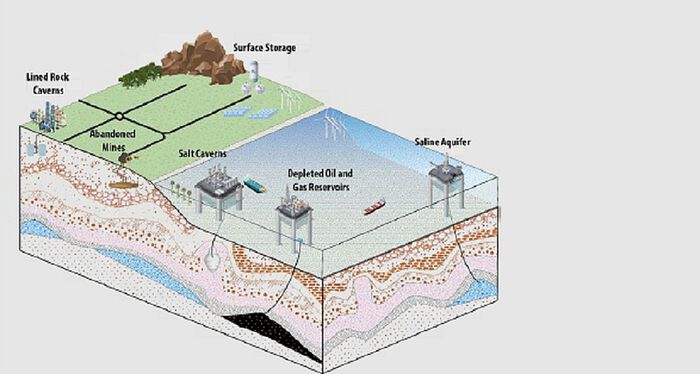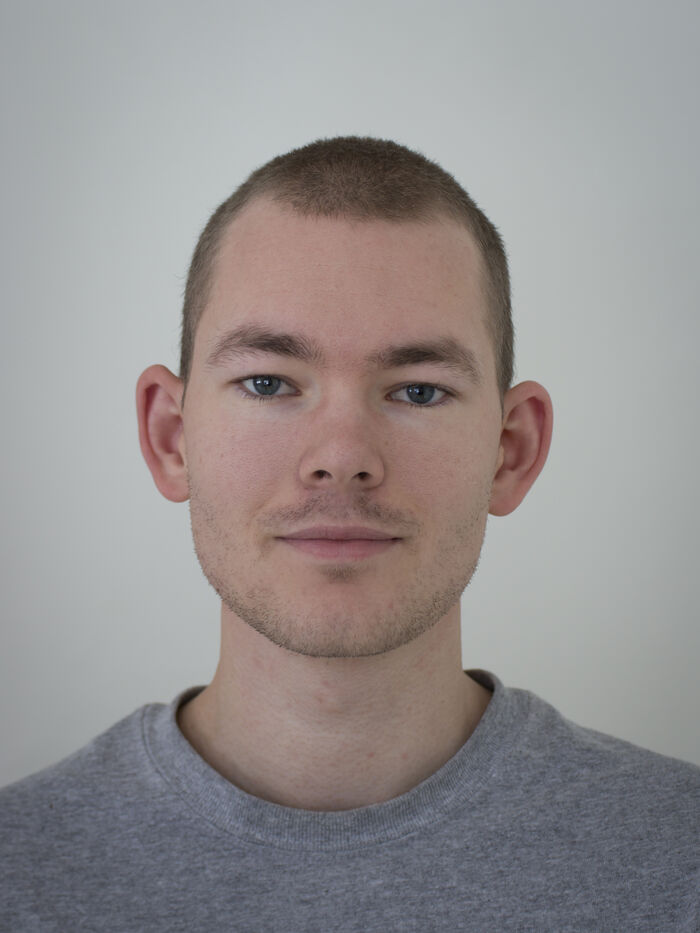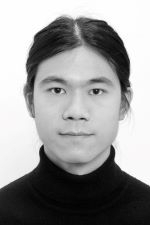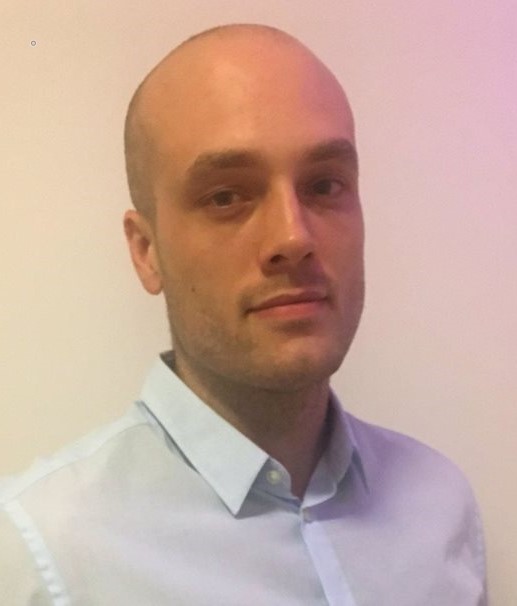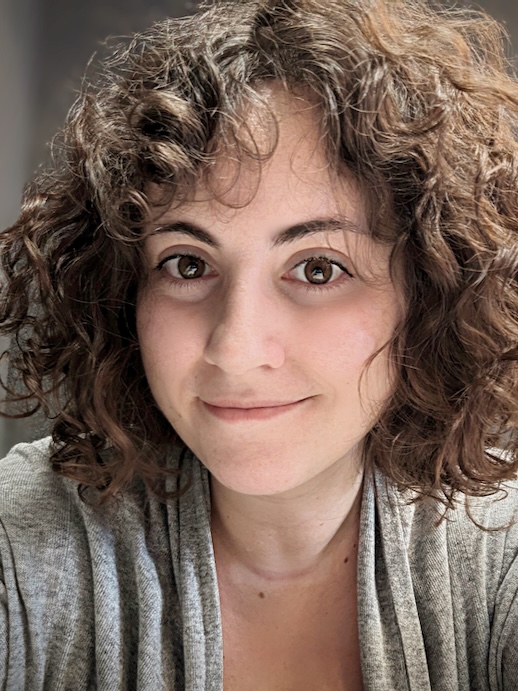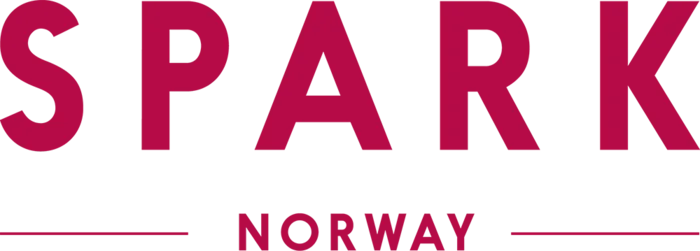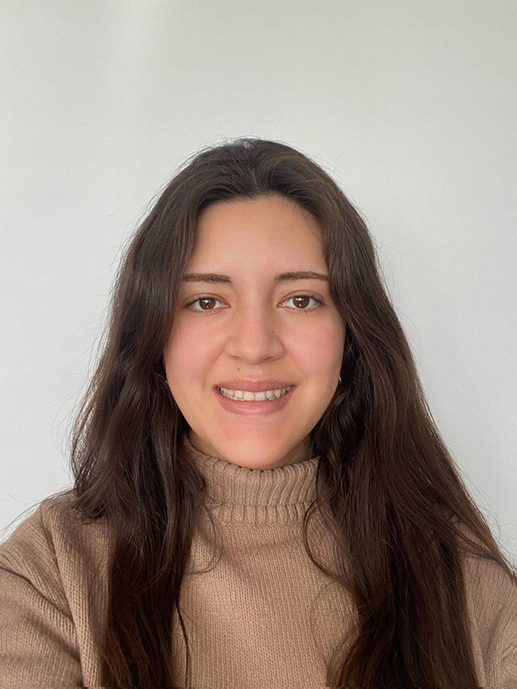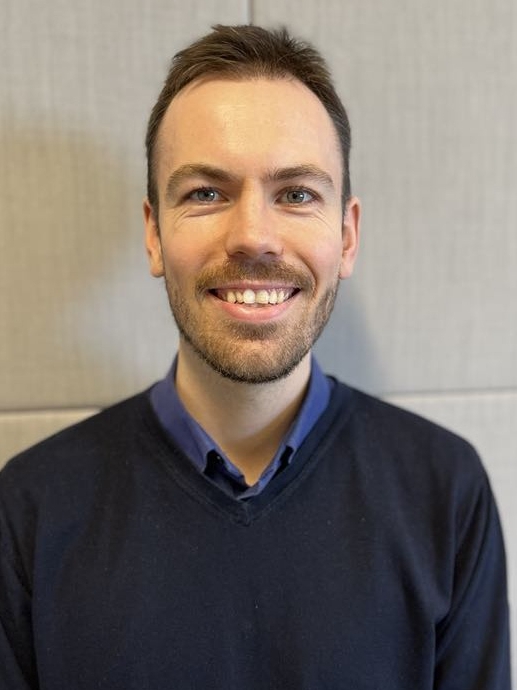Previous events - Page 5
Join us for this Open Science Lunch to learn about the work on reforming research assessment in Norway and hear about experiences from implementing the CoARA commitments.
We invite you to the April RoCS Solar/Stellar Lunch. You are invited to discuss your work with colleagues.
Welcome to our weekly lunch seminar held in the dScience lounge with Thomas Schellenberger.
Each spring, near the date of Svein Rosseland's birthday, the Institute of Theoretical Astrophysics invites everyone to a guest lecture by an internationally renowned astrophysicist as a remembrance for our great astrophysicist Svein Rosseland (1894-1985), founder of our institute.
Eduard Kontar, Professor at School of Physics and Astronomy, University of Glasgow, UK.
The interactive full day event Oslo Hydrogen Seminar the 23rd of April is dedicated storage of hydrogen. The seminar is organised by researchers at Section for Environmental Geosciences at Dept. of Geosciences in collaboration with the HYSTORM research project, and University of Edinburgh.
Doctoral candidate Lars Frogner at the Institute of Theoretical Astrophysics, Faculty of Mathematics and Natural Sciences, is defending the thesis "Modelling accelerated particles in the solar atmosphere" for the degree of Philosophiae Doctor.
Doctoral candidate Lin Xue at the Department of Chemistry, Faculty of Mathematics and Natural Sciences, is defending the thesis "Communication and interaction among surface-adhered membranous protocells" for the degree of Philosophiae Doctor.
Steffen M. Brask will defend his thesis "Numerical Study of Langmuir Probes: Improving Accuracy Using PIC Simulations" for the degree of Philosophiae Doctor at the University of Oslo, Faculty of Mathematics and Natural Sciences.
Doctoral candidate Clara Bertinelli Salucci at the Department of Mathematics will be defending the thesis Advancing data-driven diagnostics and prognostics for lithium-ion batteries: A focus on model interpretability and accuracy for the degree of Philosophiae Doctor.
Welcome to our GeoHyd Lunch Seminar on Friday 19th of April @ 12:15 in Aud. 1 in the Geology Building, or via videolink using Zoom. The seminar is held by Clare Webster (UiO).
Is it difficult to set aside time to write? The Academic Writing Centre organsises structured writing sessions for PhDs and Postdocs.
Abstract: Although tropical vector bundles have been introduced by Allermann ten years ago, very little has been said about their structure and their relationship to vector bundles on algebraic varieties. I will present recent work with Martin Ulirsch and Dmitry Zakharov that changes exactly this in the case of curves: we prove analogues of the Weil-Riemann-Roch theorem and the Narasimhan-Seshadri correspondence for tropical vector bundles on tropical curves. We also show that the non-Archimedean skeleton of the moduli space of semistable vector bundles on a Tate curve is isomorphic to a certain component of the moduli space of semistable tropical vector bundles on its dual metric graph. Time permitting I will also report on work with Inder Kaur, Martin Ulirsch, and Annette Werner and explain some of the difficulties that arise when generalizing beyond the case of curves to Abelian varieties of arbitrary dimension.
Dr. Anne Schad Bergsaker, Dr. Jon Kerr Nilsen, and Dr. Maiken Pedersen, USIT, UiO.
Time and again, a product is being developed, approved, and launched, only to flop in the marketplace. So how can you get your ducks in a row to prepare for a successful product, and how early should you start this process?
Ana Lucía Campaña Perilla will defend her thesis "Palladium-based nanoparticles produced by Escherichia coli:
Insights into synthesis and physicochemical characterization of microbial nanoparticles." for the degree of Philosophiae Doctor at the University of Oslo, Faculty of Mathematics and Natural Sciences.
C*-algebra seminar by Emilie Elkiær.
We consider several situations where drops can be captured by fibrous materials, from sprays on textiles (where the droplets are much larger than the typical fiber size) to meshes placed in a flow of fog (where the droplets are smaller than the typical fiber size). This last system, often encountered in aerosol filtration, exhibits a wealth of phenomena coupling capillarity and aerodynamics. In particular, we characterize experimentally and theoretically the deposition of the mist droplets on the fibre and the flow through and around the porous mesh, that both strongly depend on the mesh porosity and fine structure (i.e. the arrangements of the fibers). We further consider the dynamics of large drops sitting on fibers when exposed to a cross-flow, in particular their interactions with their unsteady wakes.
A liquid droplet placed on a rigid, planar surface has a captivating simplicity: its surface is a spherical cap and remains in equilibrium. In this talk, I’ll show that the addition of a deformable boundary leads to a range of new phenomena: evaporating droplets with an elastic skin may develop flat tops, but even without a complex rheology, reaching equilibrium can happen slowly, with the droplet’s contact ageing. I will discuss two specific examples, presenting a combination of theory and experiment for each.
Doctoral candidate Stephane Poulain at the Department of Mathematics will be defending the thesis Capillarity, Elastohydrodynamic, and Fluid-Structure Interactions at Small Scales for the degree of Philosophiae Doctor.
Doctoral candidate Emil Herman Frøen at the Department of Chemistry, Faculty of Mathematics and Natural Sciences, is defending the thesis "The synthesis, crystal structure and properties of bichalcogenides" for the degree of Philosophiae Doctor.
Even Simonsen Håland will defend his thesis "A search for heavy neutral gauge bosons and dark-sector particles with the ATLAS detector" for the degree of Philosophiae Doctor at the University of Oslo, Faculty of Mathematics and Natural Sciences.
Welcome to our GEOHYD Lunch Seminar Friday 12th of April @ 12:15 in Aud. 1, Geology building or via videolink using Zoom. The seminar is held by Erik Martin Lund (UiO).
The theory of flexible plates can be applied to models of floating solar panels. When wet, the structure vibrates with lower frequencies than when in vacuo. Our study is concerned with thin rectangular porous plates with free edge conditions in three dimensions exposed to incoming waves. We develop a complete hydrodynamical theory of the wave-flexible-structure interaction including the coupled radiation-diffraction problem. The formulation leads to a set of integral equations for the potentials on the wetted side of the plate. The Green function in three dimensions is implemented along the floating geometry. We use the beam method for the displacement of the rectangular free plate. A variational equation is minimized for the solutions of the interaction problem
